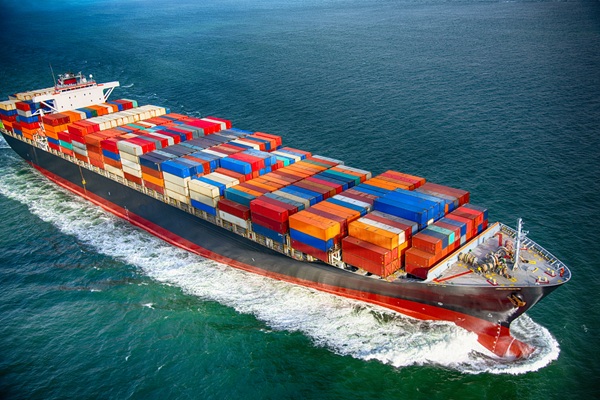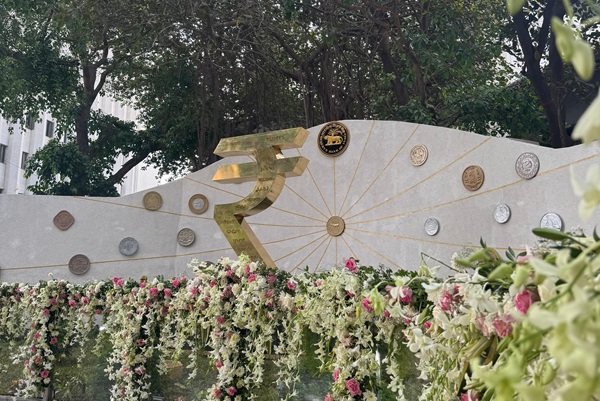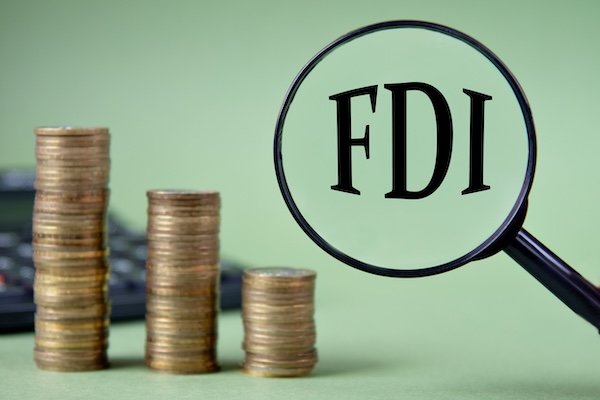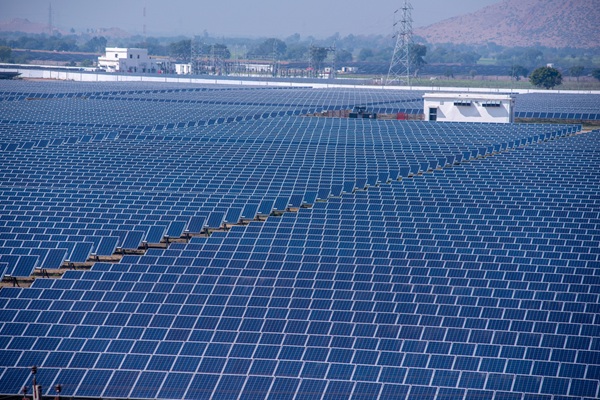.png)
Nepal’s Turmoil Exposes Cracks in its Fragile Republic
Nepal expert SD Muni on why youth-led protests have shaken Nepal’s political order, what risks loom, and why India must tread carefully.
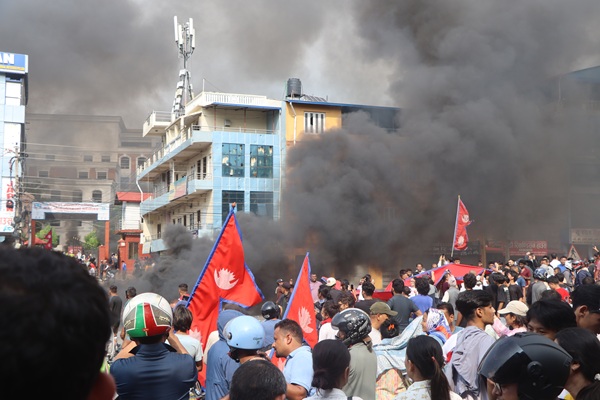
September 11, 2025 at 4:55 AM IST
Nepal’s fragile republic is in turmoil once again. A sweeping ban on Facebook, Twitter, and two dozen other platforms last week lit the spark, but the anger had been simmering far longer. Young people, already weary of corruption and economic stagnation, poured onto the streets after the shutdown cut off their campaign networks.
Within hours, protests swelled into violent clashes that consumed the heart of Kathmandu. Parliament, the Supreme Court, and the historic Singha Durbar secretariat were set ablaze. Prime Minister KP Oli resigned and fled, while the army appeared hesitant to defend republican institutions.
For S. D. Muni, Professor Emeritus at Jawaharlal Nehru University’s School of International Studies and a former Indian ambassador to Laos, the upheaval was less a surprise than an inevitability. Seventeen years after the monarchy was abolished, he argues, Nepal’s leaders have failed to deliver on the promise of republicanism.
Successive coalitions have collapsed under the weight of corruption and infighting, leaving politics dominated by a narrow circle of elites from the hill communities. Inequality has widened, youth unemployment hovers near 20%, and remittances now account for almost a third of national income.
The protests, he notes, are shaped by a digitally connected generation inspired by figures like Kathmandu’s mayor Balen Shah. Yet the movement remains fluid—its demands diffuse, its leadership uncertain, and its symbolism vulnerable to hijack by royalists. Whether this moment produces genuine reform or merely another cycle of instability remains an open question.
In this conversation with Rajesh Mahapatra, Muni, an expert on the Himalayan country, traces the roots of Nepal’s crisis and reflects on its implications for India.
Here is the link to the video.
Edited Excerpts:
Q: Why is Nepal burning?
The immediate trigger for the recent protests was the government's sudden closure of 26 social media networks, including Facebook and Twitter. This action prevented young people from communicating about issues of corruption and inefficiency, which they believed (and perhaps rightly so) was an attempt to stop their ongoing campaign. This led to a revolt, which is what we are witnessing today. While the social media ban was a trigger, the discontent had been building up for months, even years.
Q: Were the protests spontaneous or somewhat organised?
Q: This is not the first time we have seen a crisis of this kind in Nepal. Nepal has been struggling to stabilise as a democracy for decades. Why?
However, in 1960, King Mahendra, unhappy with the limited powers of the constitutional monarchy, staged a royal coup. He threw out the elected government, dissolved parliament, and introduced the Panchayat system. The Panchayat system also failed to deliver and eventually ended in 1990, leading to the restoration of a multi-party system and representative institutions.
In the early 2000s, these new institutions faced challenges from a Maoist insurgency that demanded the end of monarchy. In 2002, the king seized absolute power, leading to a struggle until 2006. In 2008 ultimately, the monarchy was removed, and a full republican federal system was established for the first time.
However, this republican system, over the past 17 years, has also failed to deliver, leading to continued frustration. The Maoist rebellion itself arose largely because the monarchy, which had been in power for 250 years, could not deliver. Rulers in Nepal, whether under feudal or democratic systems, have historically failed to prioritise their people's welfare. This has resulted in widespread frustration, high unemployment among young people, poverty, and stark inequality, with some being immensely wealthy while others remain deeply poor. This struggle for an anchor in democracy has spanned over seven decades.
Q: Where do you think the political parties have gone wrong?
A significant issue is the dominance of hill people, particularly those from dominant castes in the hills, who have historically captured power for centuries. This extends beyond just the government to the bureaucracy, army, and police – similar to the issue of upper-caste dominance in India. The Terai, despite having almost 35% of the population, lacks an equitable share in the country's administration and economy.
The economy has suffered greatly due to these internal struggles. Nepal has two major potential resources — tourism and hydropower, but has been unable to harness them effectively. This has perpetuated abysmal poverty in what is largely an agricultural society and a rentier state, where rulers prioritize their own advantages over the welfare of the people. The inequality permeates both the economy and politics.
Q: Where are these protests headed, politically?
A significant source of inspiration for these young people is the young mayor of Kathmandu, Balen Shah, who has consistently criticised the central government's corruption and inefficiency. These young people are well-networked in smaller groups. The revolt appears to be an amorphous grouping rather than systematically organised by a single leader.
Observing the protests over two days, the first day seemed more "civilised," with violence largely attributed to the police and security forces. However, on the second day, the violence escalated and came from the protesters themselves, targeting the system and establishment. This included burning the Parliament, the Supreme Court, and the Singha Durbar or the central secretariat, which are symbols of the republican system. This shift suggests that on the second day, political activists of other opposition parties might have quietly joined in.
There is also a strong suspicion that royalists have taken advantage of the situation. The smashing of republican institutions—like the burning of the President's official house or the house of former Prime Minister Jhalanath Khanal (who had been out of power)—seems irrational if the sole aim was to target corruption. The only political formation that would benefit from the complete destruction of the republican system is the royalists, who have consistently advocated for the return of monarchy and the removal of corrupt republican leaders. While there's no concrete evidence of royalist infiltration, the pattern of destruction strongly suggests their involvement in exploiting the youth protests.
Q: Prime Minister Oli has resigned and the army is involved. What happens next?
I cannot completely rule out the possibility of sections within the security establishments being sympathetic to royalists. While the current army chief was appointed under the democratic system, some sections, equally unhappy with the government's performance, might have allowed events to unfold. It is frustrating to learn that an institution like the national army might have abandoned its duty for a day.
Regarding the future, I do not foresee the king or royalty coming back. The youngsters leading this movement have not advocated for the return of the monarchy. While royalist forces might have used the protests as a cover for violence, they are not the spokespersons of this uprising.
Instead, an interim arrangement is more likely. There is widespread discussion about bringing Kathmandu Mayor Balen Shah to head an interim government, followed by elections to introduce new leadership and parties. However, there's still a long way to go before a stable election process unfolds and a new government is formed. Nepal's society and polity are faction-ridden, making the outcome highly unpredictable.
Q: How should India be responding to it because Nepal is very important for us strategically?
Therefore, whatever India does must be done quietly and in a measured manner, without jumping into the fire, as it cannot physically douse the unrest. India's role should be to exercise its significant goodwill, which extends across Nepal's army, establishment, bureaucracy, and political leadership. Through these links, India can work to ensure that some semblance of order returns to Kathmandu and to facilitate thinking about an alternative or interim arrangement.
Q: Are there lessons here for India’s political class?
